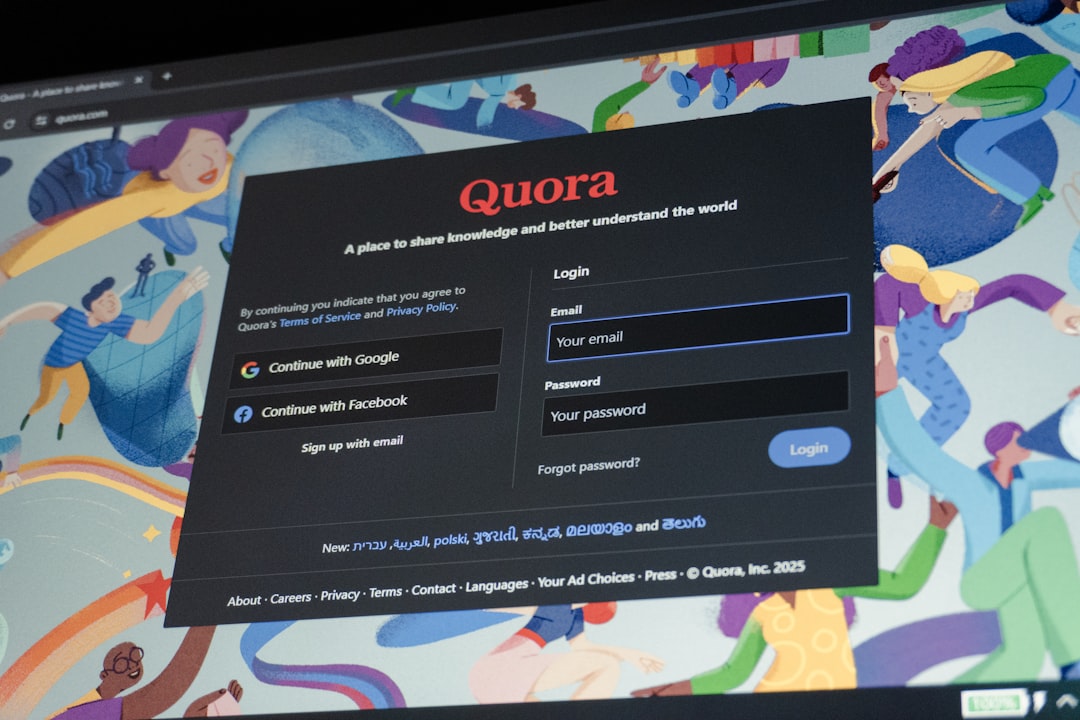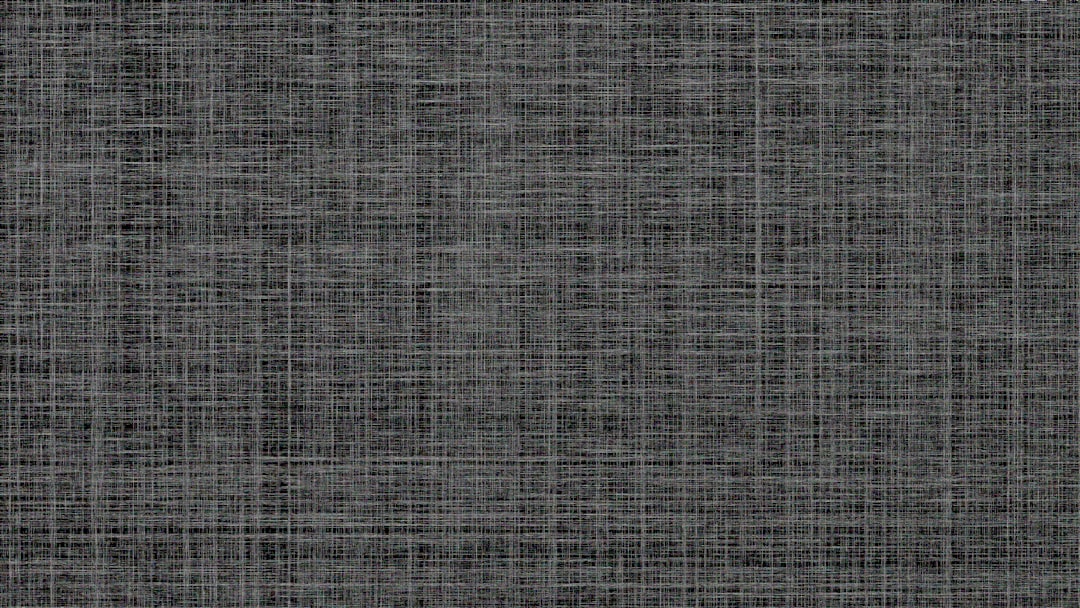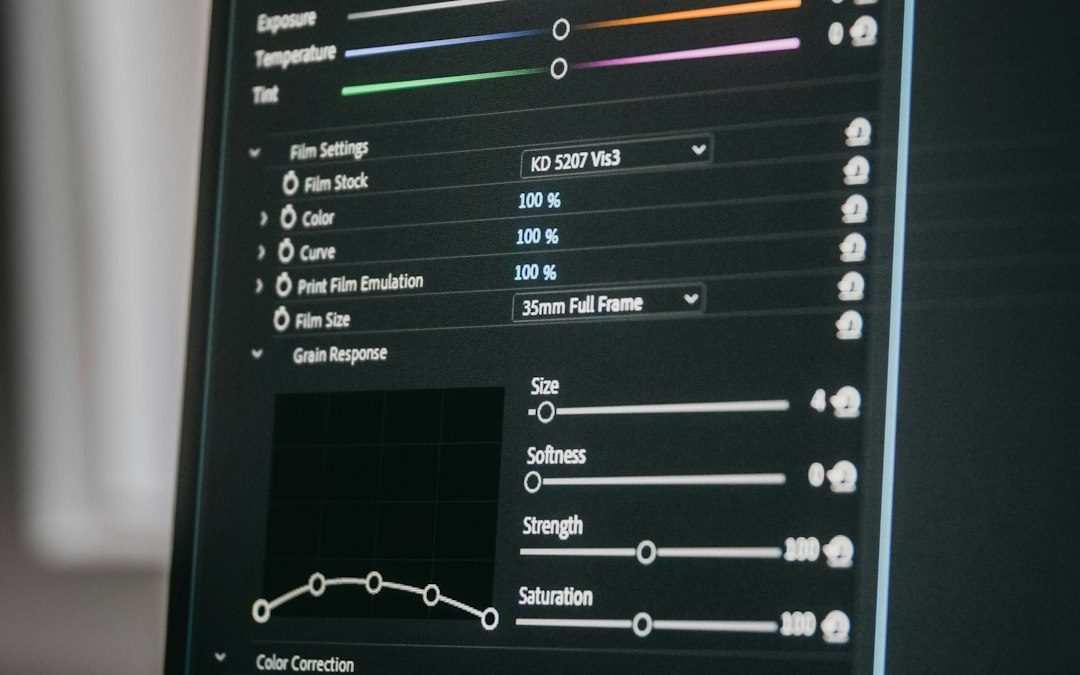Streaming video games or other creative content has become a major trend, with Twitch leading as one of the most popular platforms for broadcasting live content. For aspiring streamers, the process of setting up a Twitch stream from a PC might seem complicated at first, but with the right guidance, it becomes simple and exciting.
TL;DR (Too Long; Didn’t Read)
To stream on Twitch from a PC, create a Twitch account, install streaming software like OBS Studio, and configure your stream settings including video and audio sources. Don’t forget to test everything before going live. A strong internet connection and good hardware can significantly improve your streaming quality. With a bit of practice, anyone can start building a community on Twitch right from their PC.
Step-by-Step Guide: How to Stream on Twitch from PC
Step 1: Create a Twitch Account
If the user doesn’t already have a Twitch account, this is the first step. Visit twitch.tv and click on the “Sign Up” button. Fill out the required information including username, password, and email, then verify the email address to complete the process.
Step 2: Download and Install Streaming Software
The next step is choosing and installing streaming software. The most commonly used program is OBS Studio (Open Broadcaster Software), which is free and open-source. Other popular options include Streamlabs OBS and XSplit. Here’s how to get OBS Studio:
- Go to the official OBS website: obsproject.com
- Download the version compatible with the user’s OS (Windows, Mac, Linux)
- Install OBS by following the setup wizard

Step 3: Connect OBS to Twitch
Once OBS is installed, it needs to connect with Twitch to start streaming directly. Follow these steps:
- Open OBS Studio
- Click on “Settings” in the bottom-right corner
- Go to the “Stream” tab
- Select Twitch as the service
- Paste your stream key from Twitch (available under Twitch’s Creator Dashboard > Settings > Stream)
- Click “Apply” and then “OK”
There’s also an option to log into Twitch directly from OBS, which will automatically pair the streaming software with your account.
Step 4: Set Up Your Scenes and Sources
In OBS Studio, a Scene refers to a layout consisting of multiple Sources such as game capture, webcam, image overlays, and audio input.
To build your streaming layout:
- In the bottom-left corner of OBS, click the “+” sign under the “Scenes” panel to create a new scene
- Under “Sources”, add required elements by clicking the “+”:
- Game Capture – to capture gameplay window
- Display Capture – to show the entire screen
- Video Capture Device – to add a webcam
- Audio Input Capture – to include microphone input
You can move and resize each layer in real-time to find the best layout that suits your brand.
Step 5: Adjust Streaming Settings
This step is crucial for ensuring that the stream runs smoothly without lag or stutters. It’s important to match settings based on the PC hardware and internet connection speed.
In OBS, go to Settings > Output and modify the following parameters:
- Video Bitrate: Commonly set between 2500–6000 Kbps
- Encoder: Choose Hardware (NVENC) if your GPU supports it
- Audio Bitrate: 160 Kbps is a common setting for balanced quality
Under Video settings, set the Base (Canvas) Resolution and Output (Scaled) Resolution. Typically, 1920×1080 (1080p) or 1280×720 (720p) is used. Select the Frame Rate (FPS), usually 30 or 60 depending on your PC’s performance.

Step 6: Test Your Stream
Before going live, it’s essential to test how your stream looks and runs. OBS allows users to record a short video locally to evaluate camera angles, audio levels, and visual quality. Alternatively, stream using the “Twitch Inspector” tool to preview performance without notifying followers.
Step 7: Go Live!
Once everything is set and working properly, it’s time to go live. In OBS Studio:
- Click “Start Streaming”
- Open Twitch to monitor the stream in real time via your channel
The audience can now watch, comment, and interact. Make sure to moderate the chat or assign a moderator to help with community management.
Step 8: Engage with Your Audience
Interaction is key to growing as a Twitch streamer. Use a microphone to communicate in real-time, read and respond to chat messages, and acknowledge new followers or subscribers. Consider adding stream alerts through tools like Streamlabs to enhance viewer engagement.
Step 9: Analyze and Improve
After the stream ends, use Twitch’s built-in analytics tools to evaluate performance:
- Viewership trends
- Stream duration and average viewers
- Chat activity and engagement levels
This data helps refine both content and delivery for future streams. Remember: consistency and quality are vital for Twitch success.
Frequently Asked Questions (FAQ)
-
Q: What are the minimum PC requirements for streaming on Twitch?
A: At a minimum, a quad-core CPU, 8GB RAM, and a dedicated GPU (like NVIDIA GTX 1050 or better) are recommended for smooth streaming. -
Q: Is OBS Studio free?
A: Yes, OBS Studio is completely free and open-source, making it ideal for beginner and advanced streamers alike. -
Q: Can I stream console games through PC on Twitch?
A: Yes, but you’ll need a capture card to route the console signal through your PC and into your streaming software. -
Q: What internet speed is required to stream on Twitch?
A: For 720p at 30FPS, 3–4 Mbps upload speed is adequate. For 1080p at 60FPS, at least 6 Mbps upload speed is recommended. -
Q: Do I need a webcam to stream?
A: No, a webcam isn’t required, but adding one can increase viewer engagement and help build a stronger connection with your audience.
Streaming on Twitch from a PC is a rewarding journey that takes time and effort. By following these structured steps and staying committed, anyone can start building their live-streaming legacy.
yehiweb
Related posts
New Articles
Top 6 Reading & Studying Browser Addons (text highlighting, flashcard conversion of pages, reading-mode) That Students Use to Study Smarter
When it comes to academic success, reading and studying effectively is more important than ever. Students today have a wealth…


